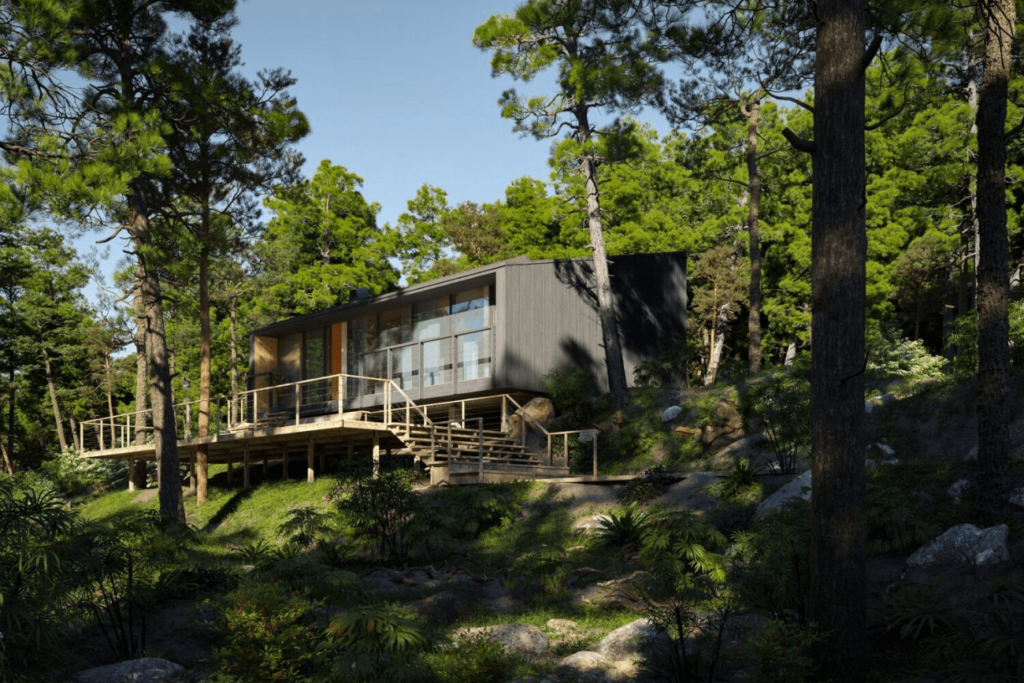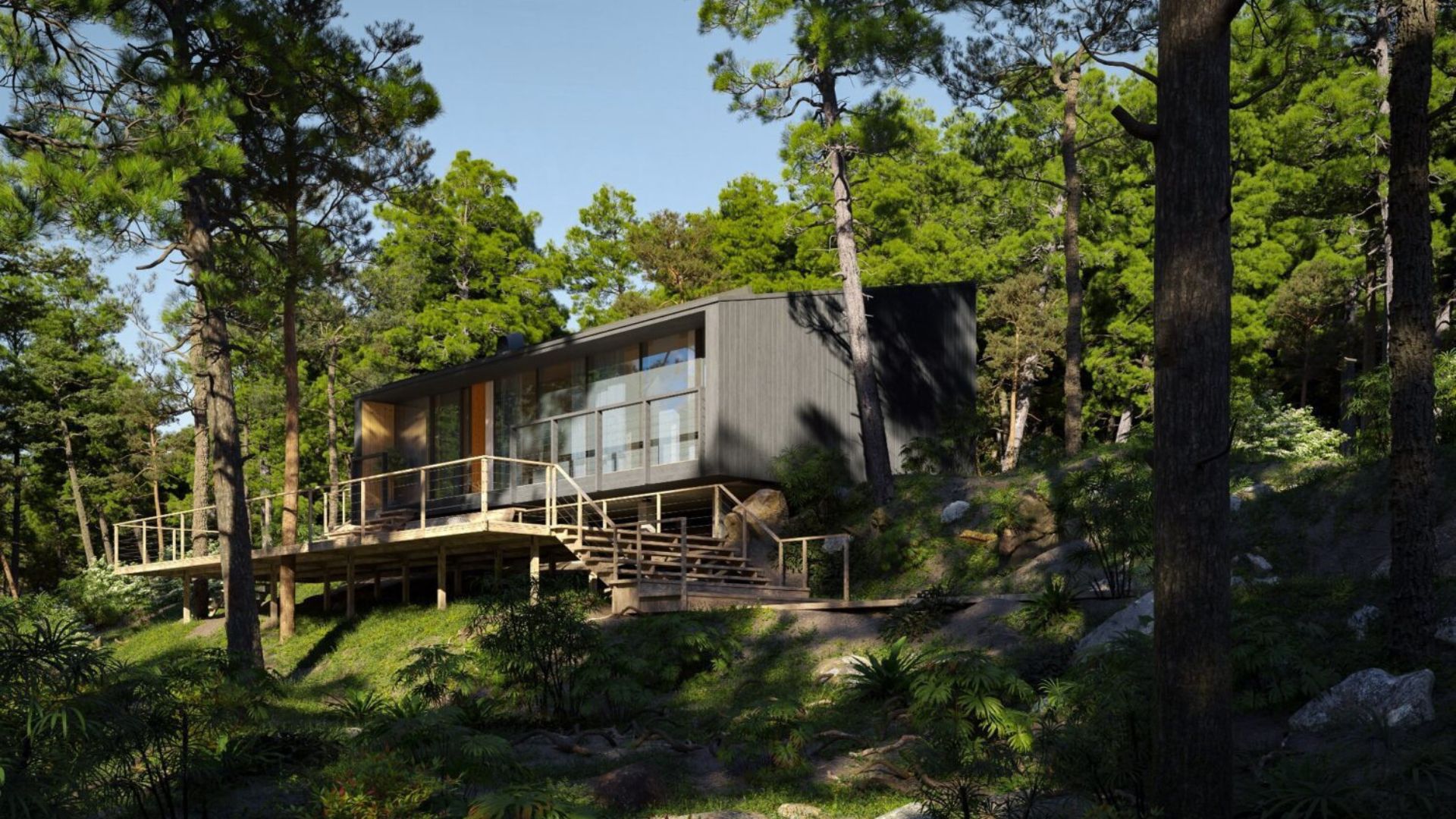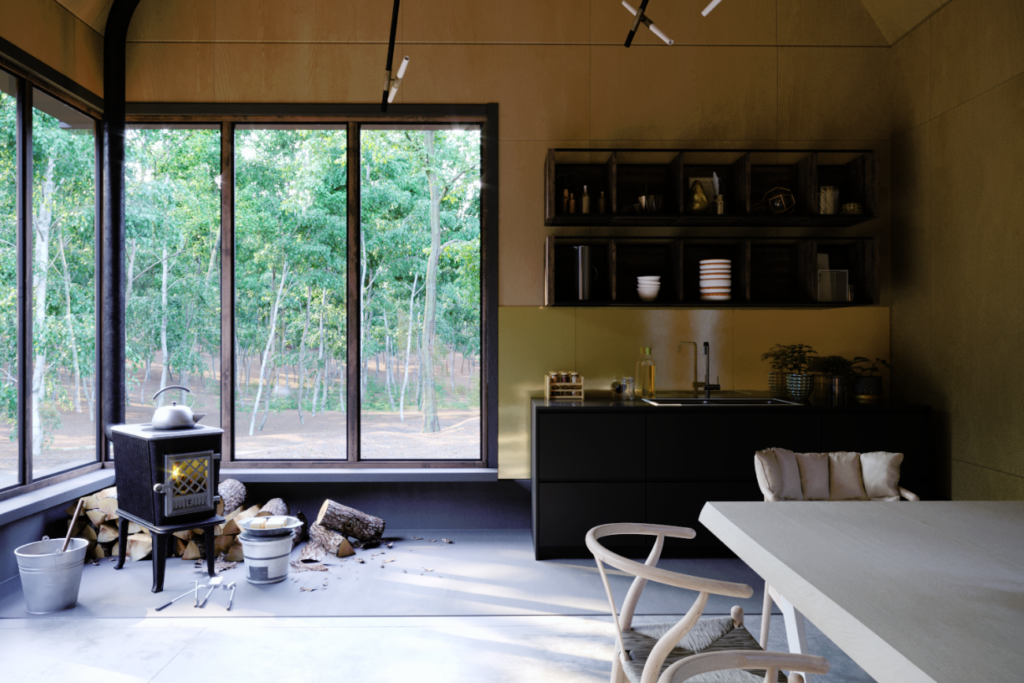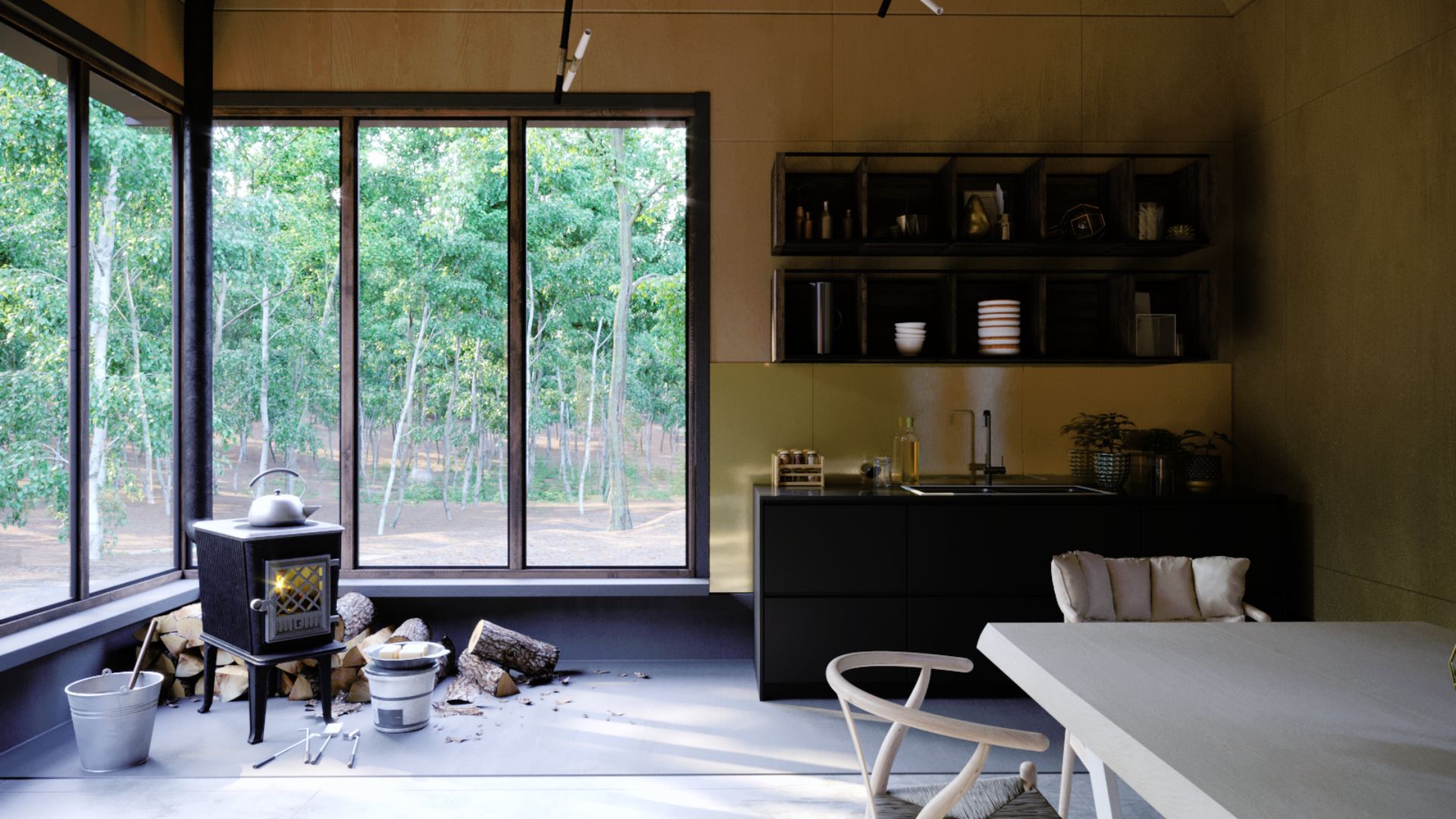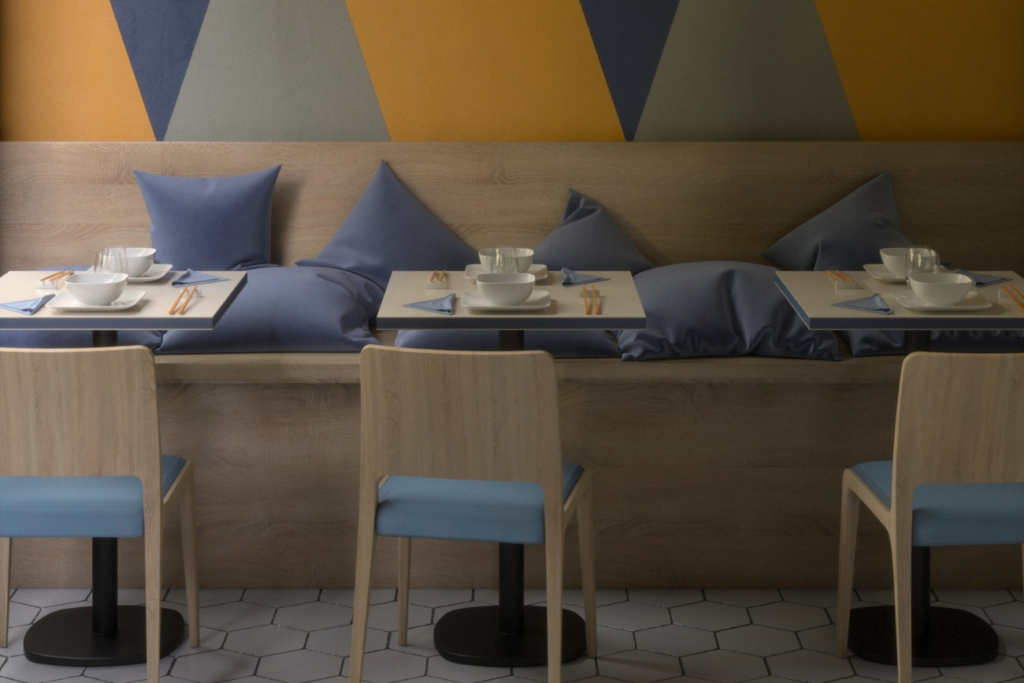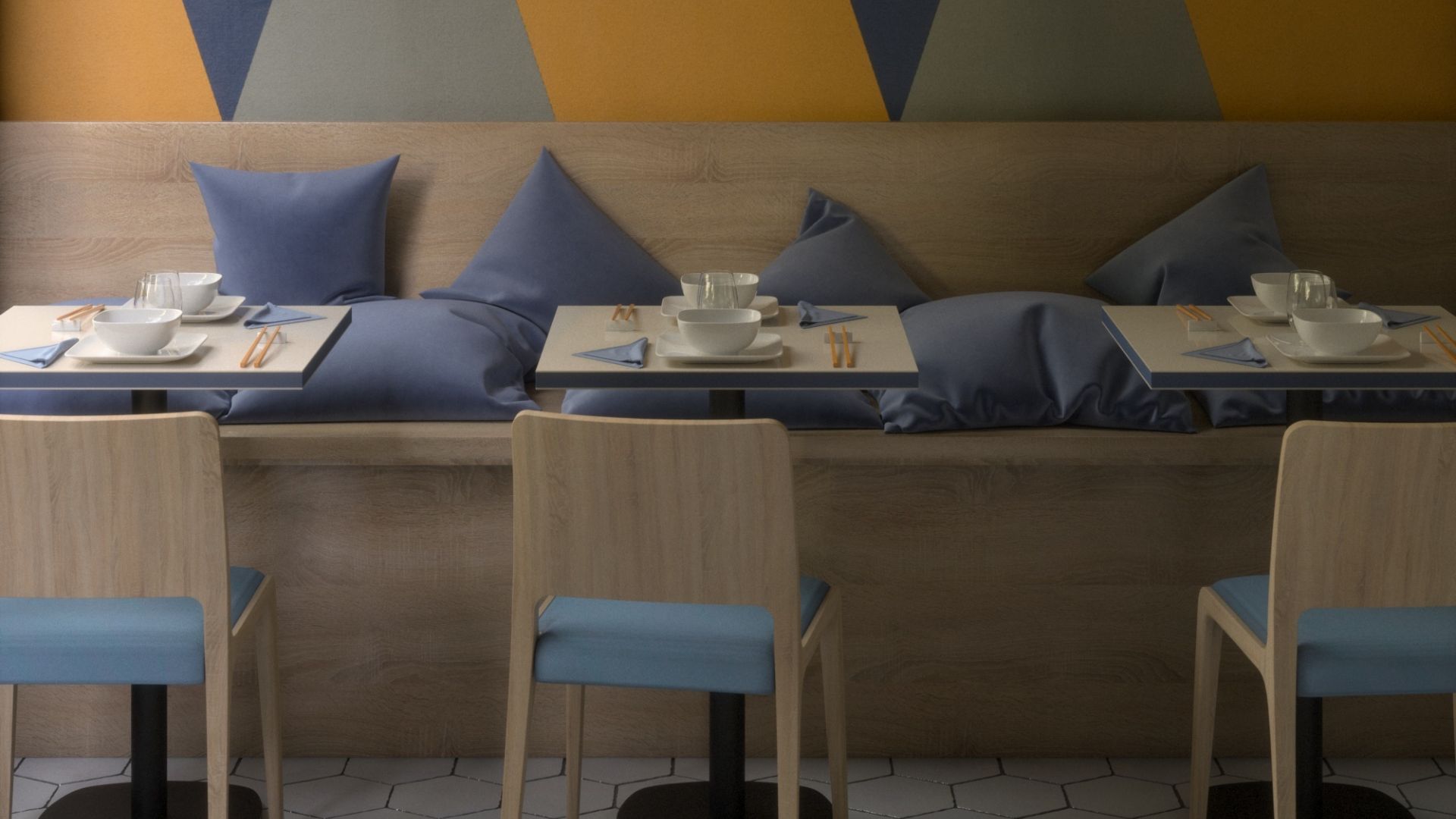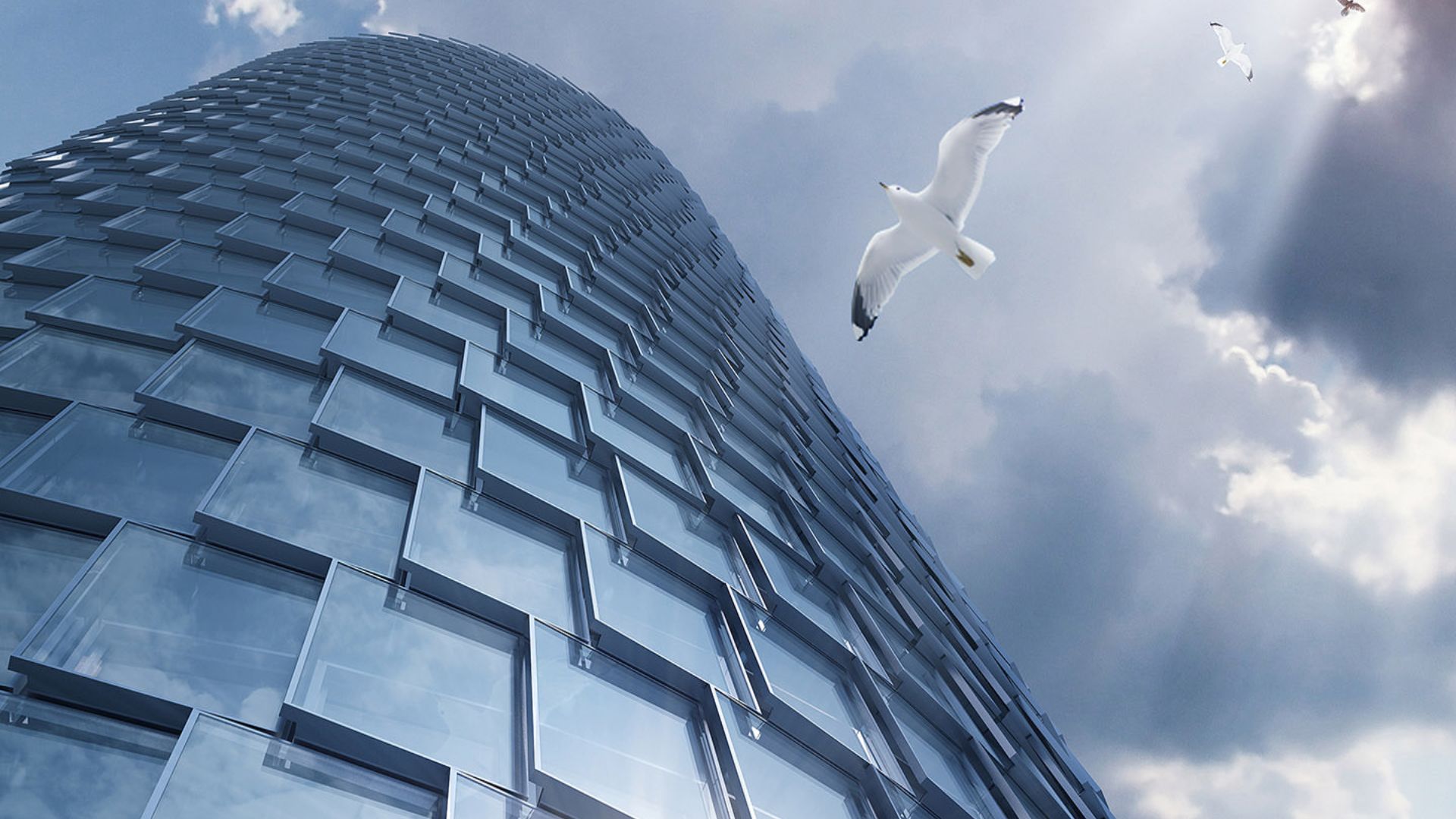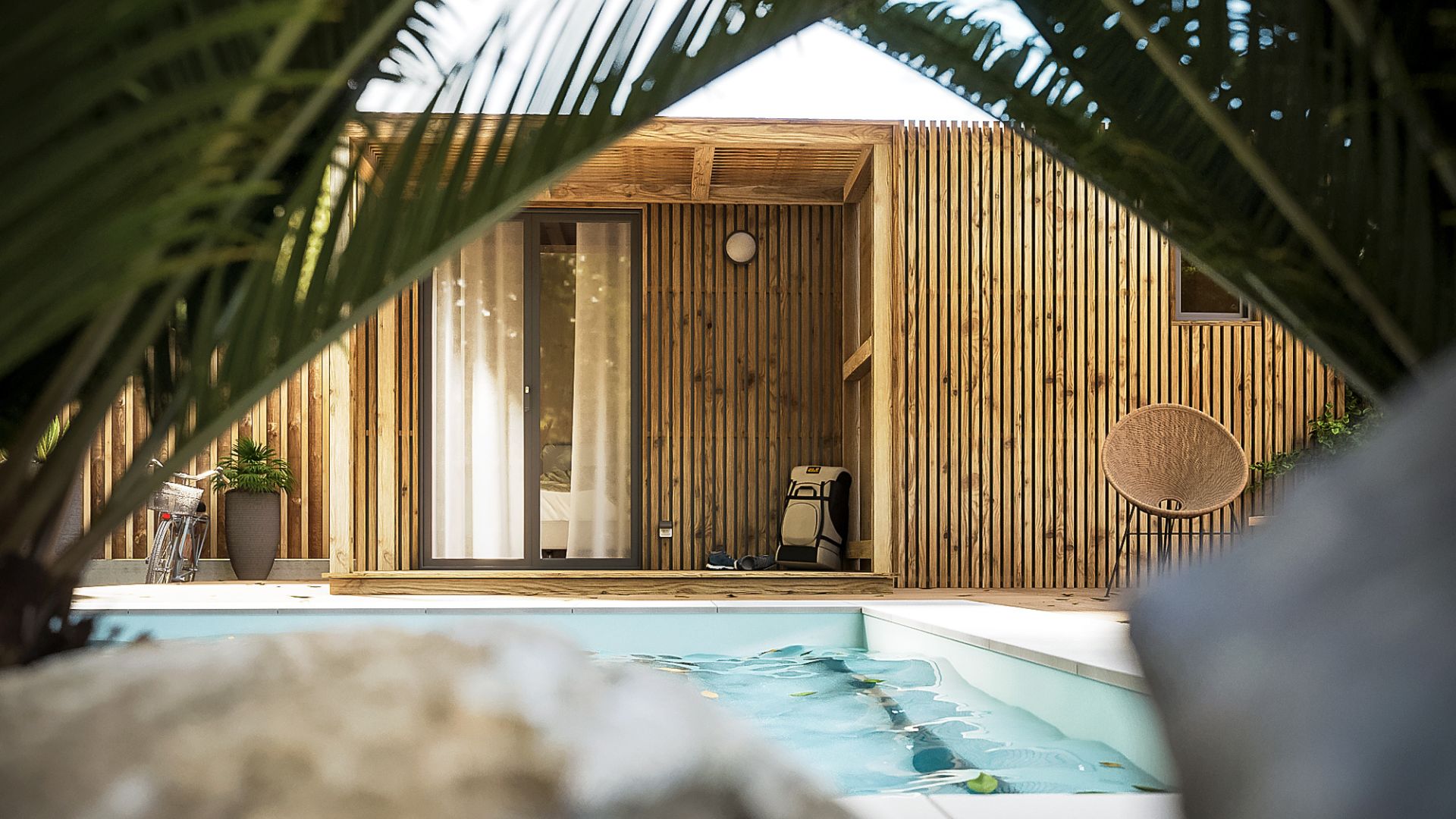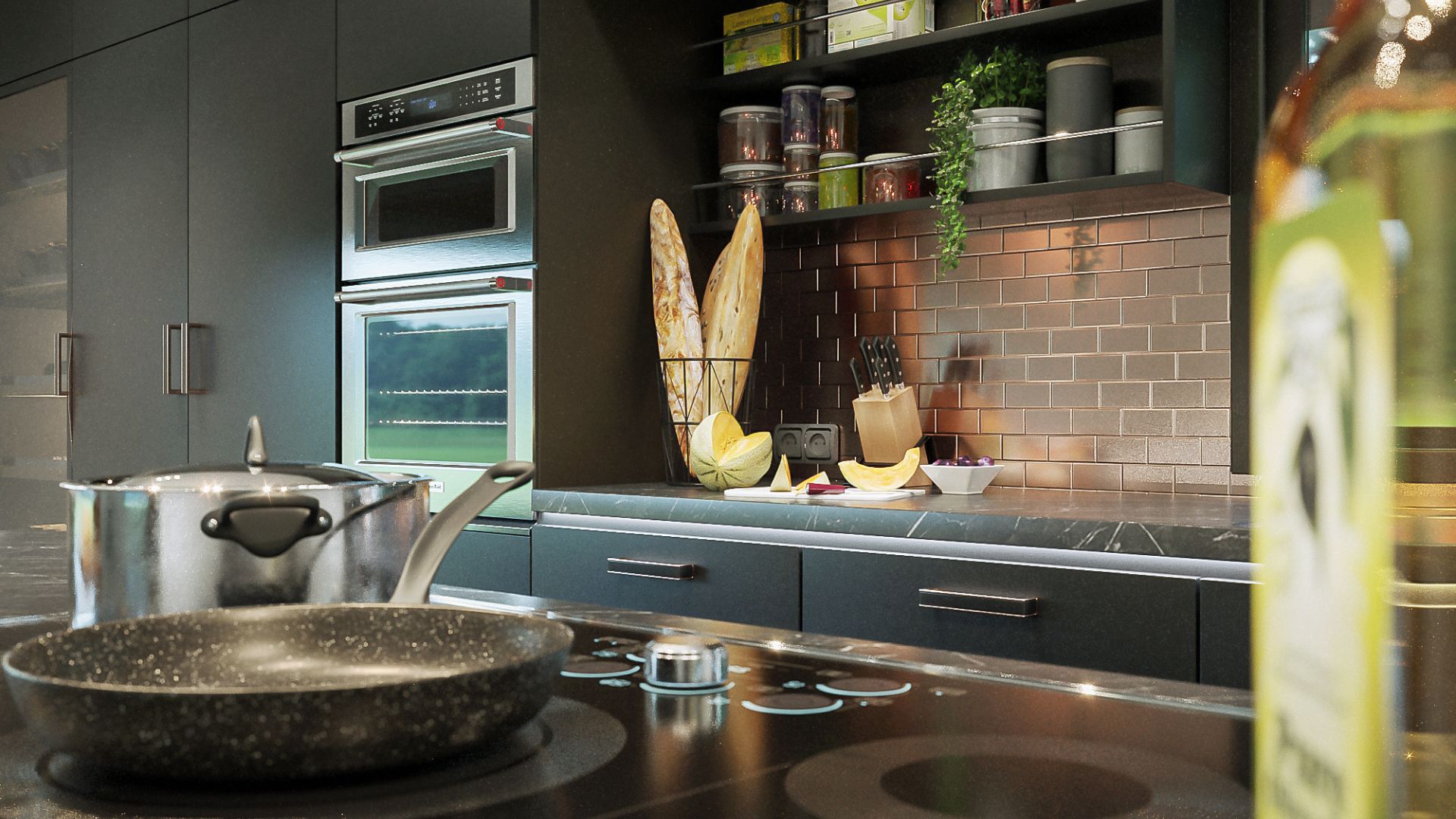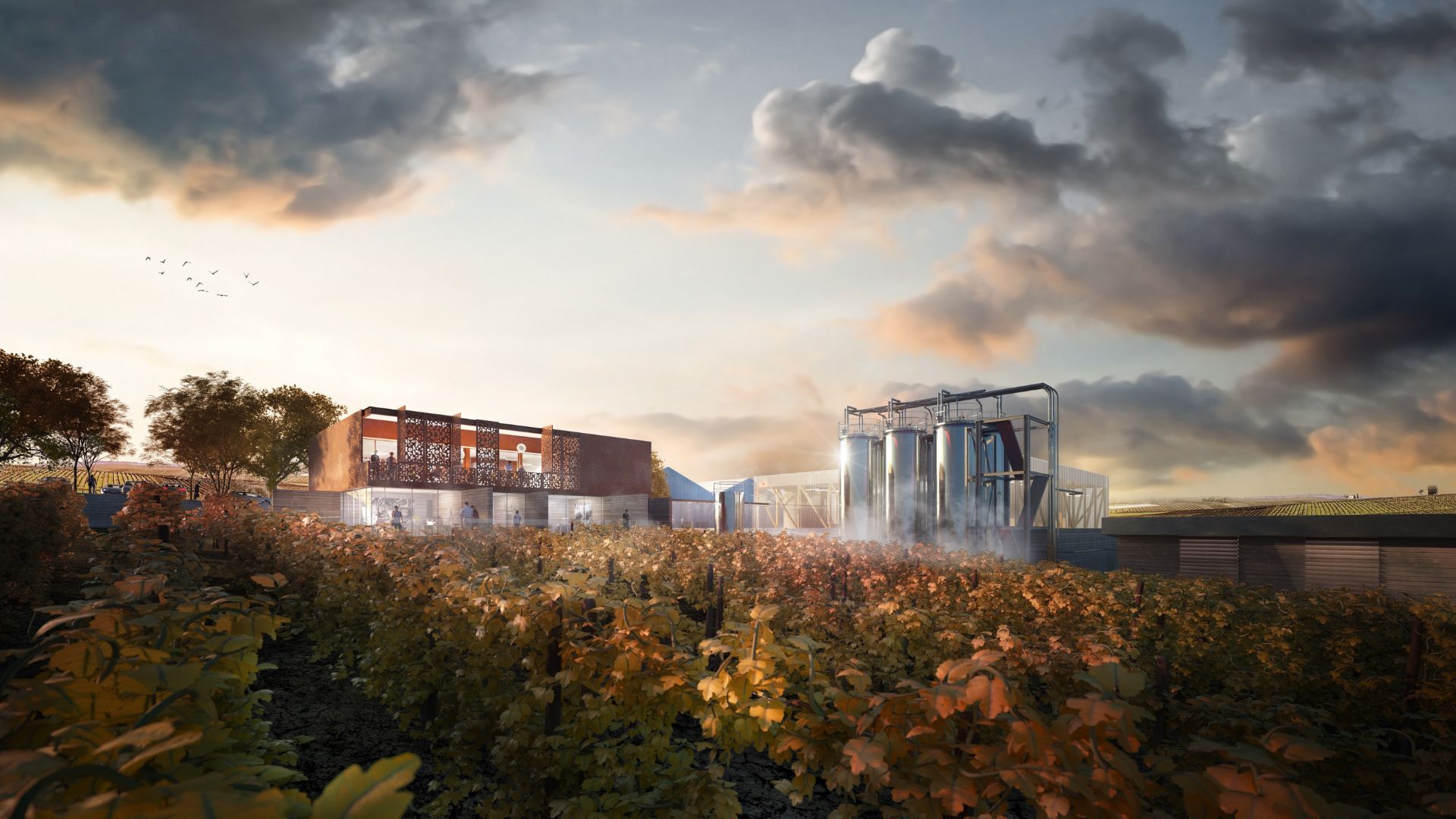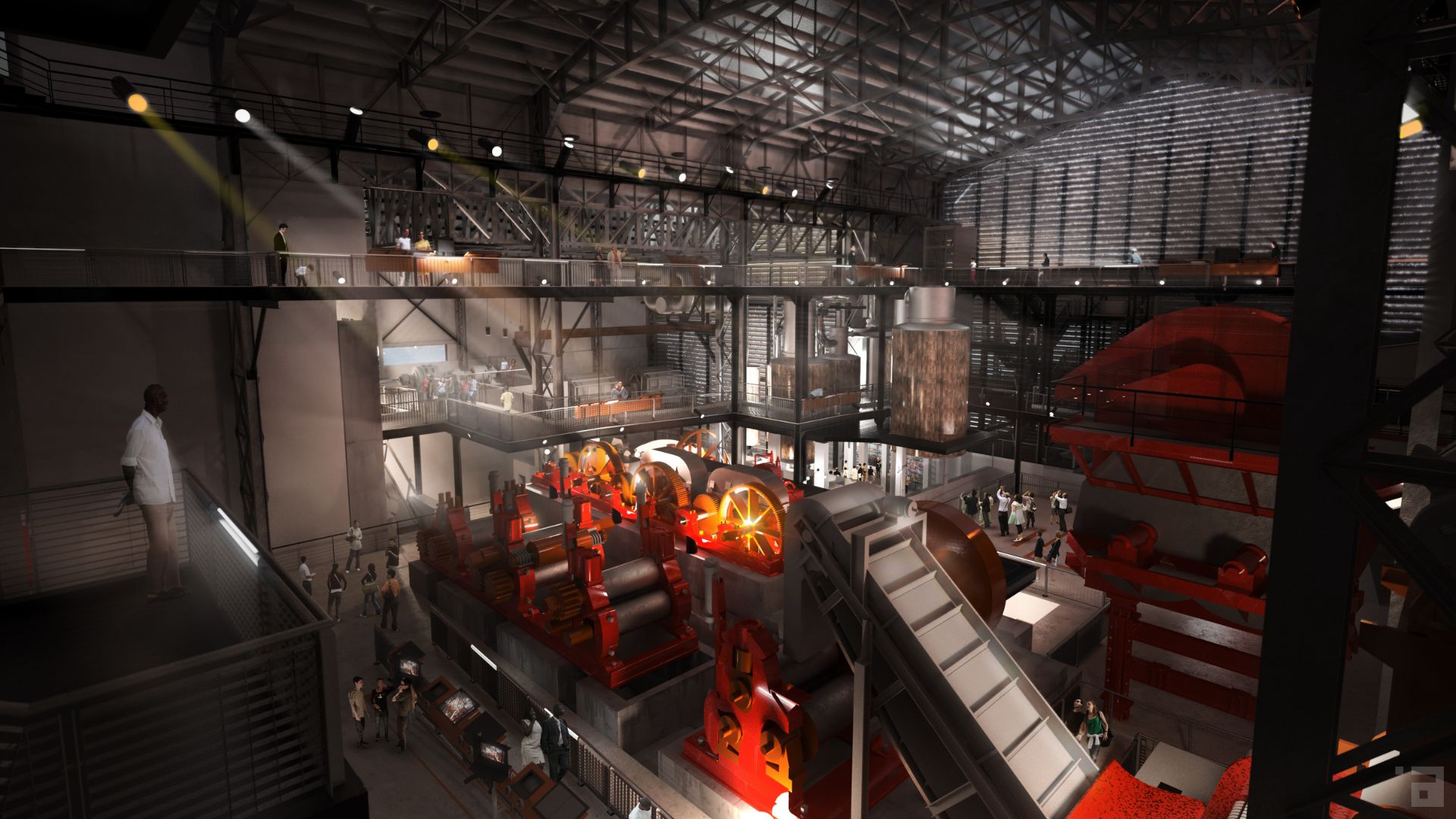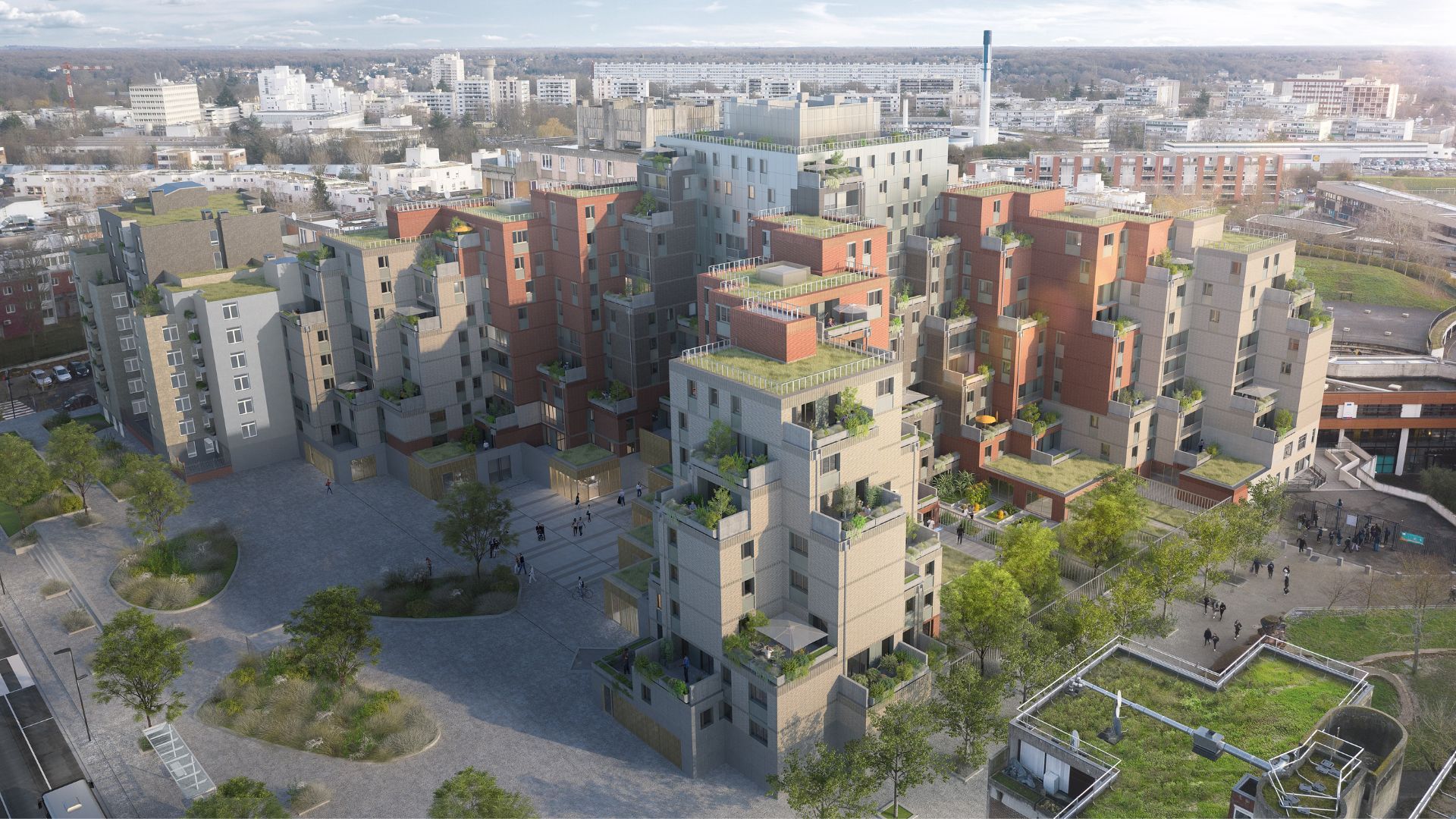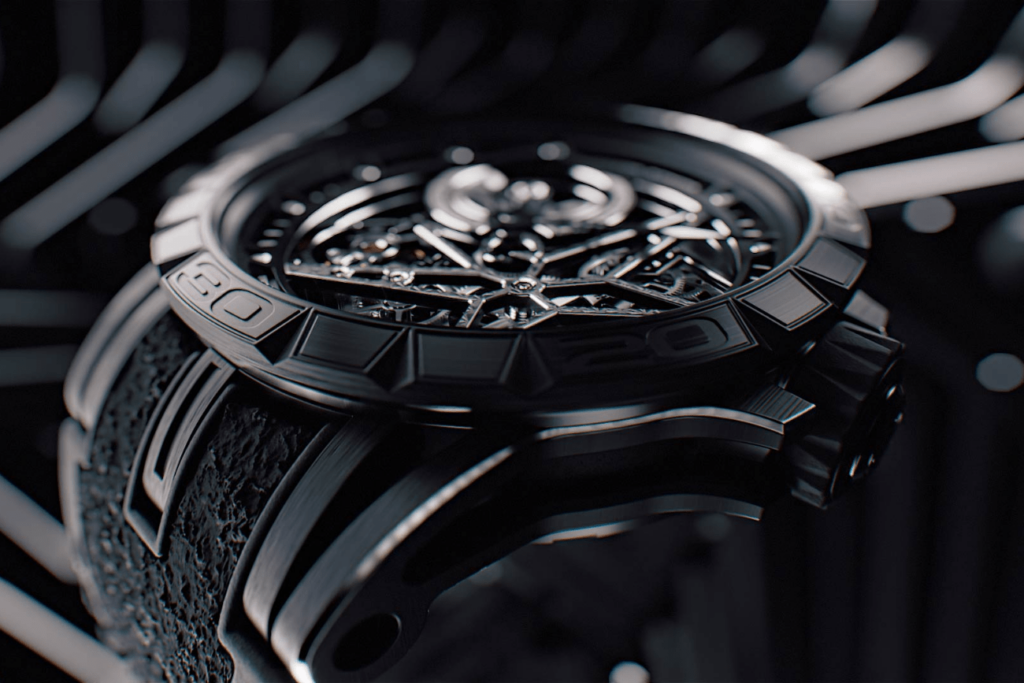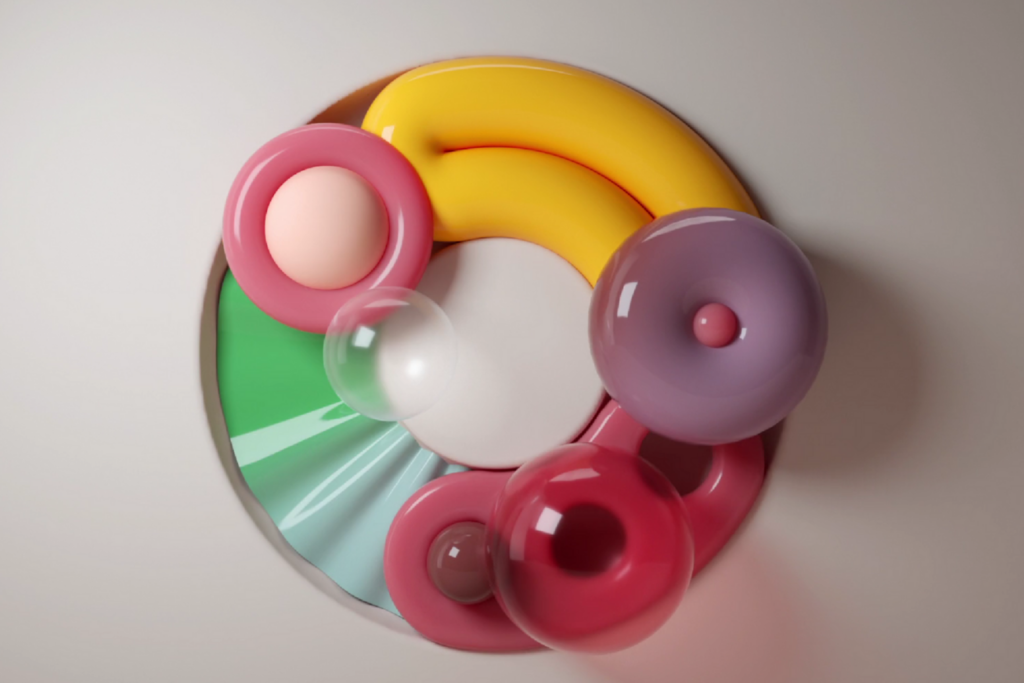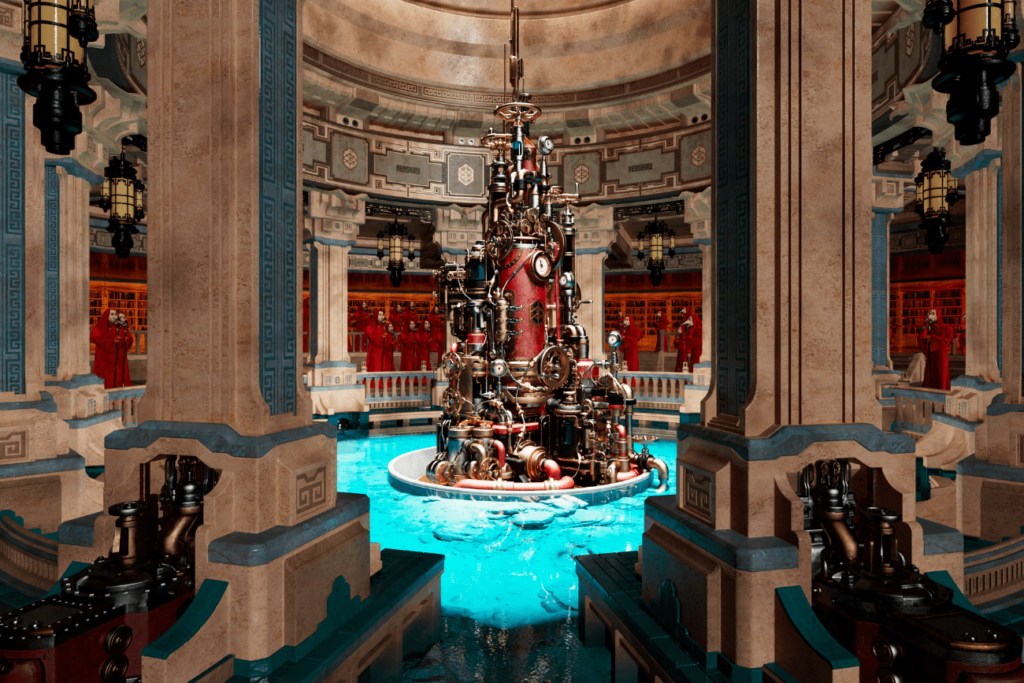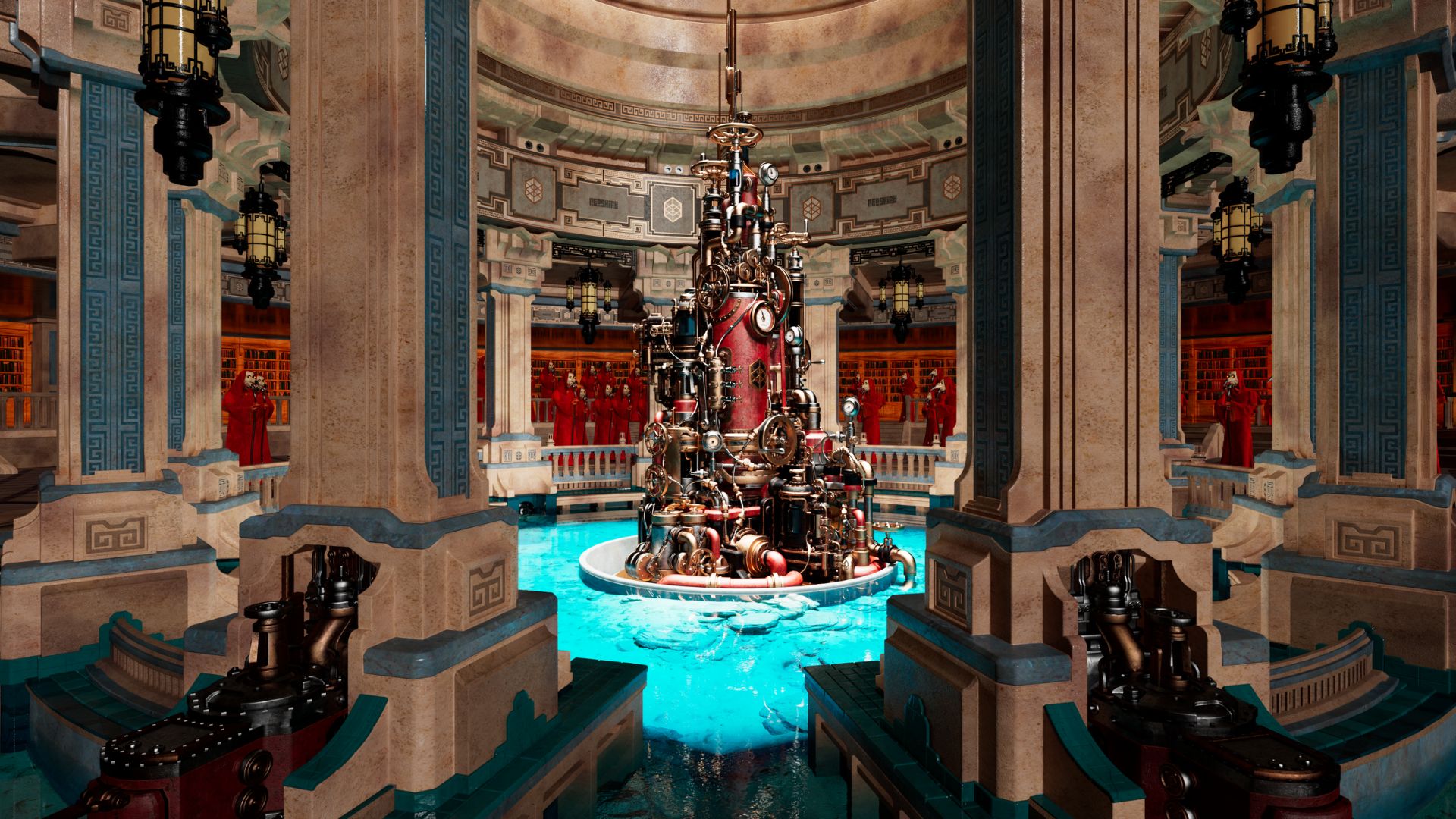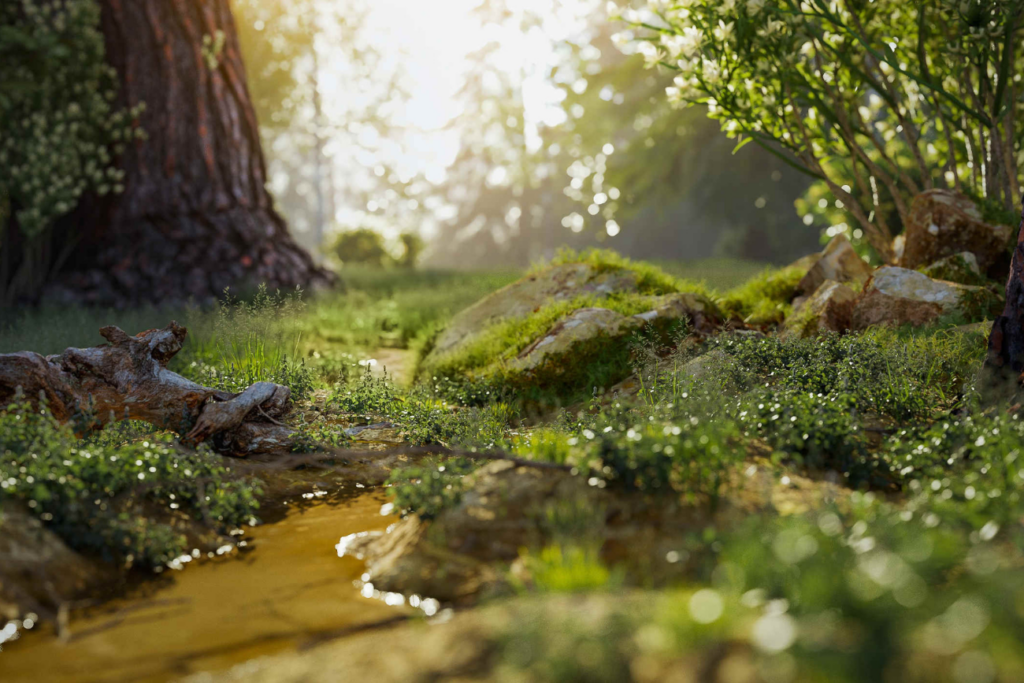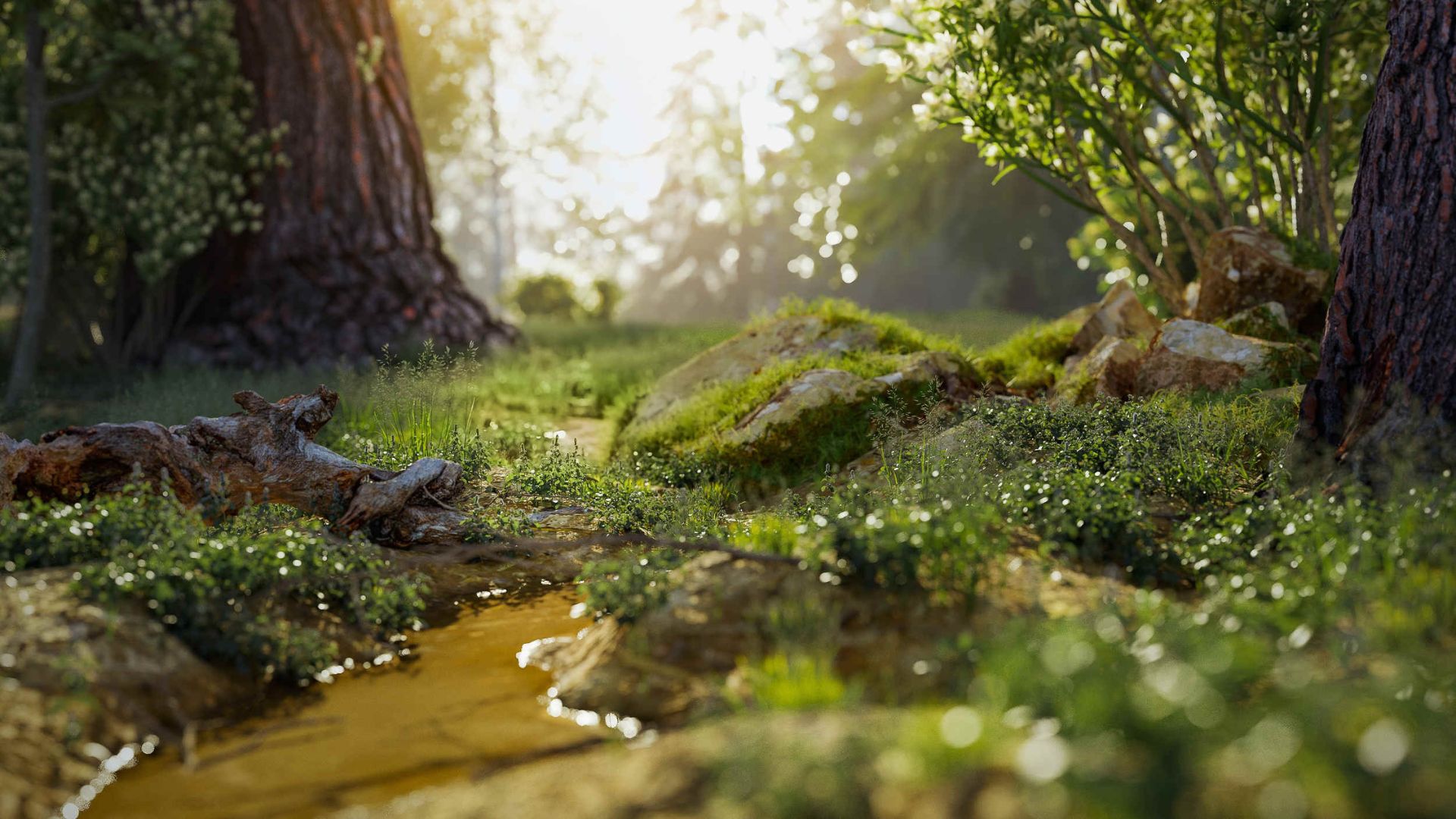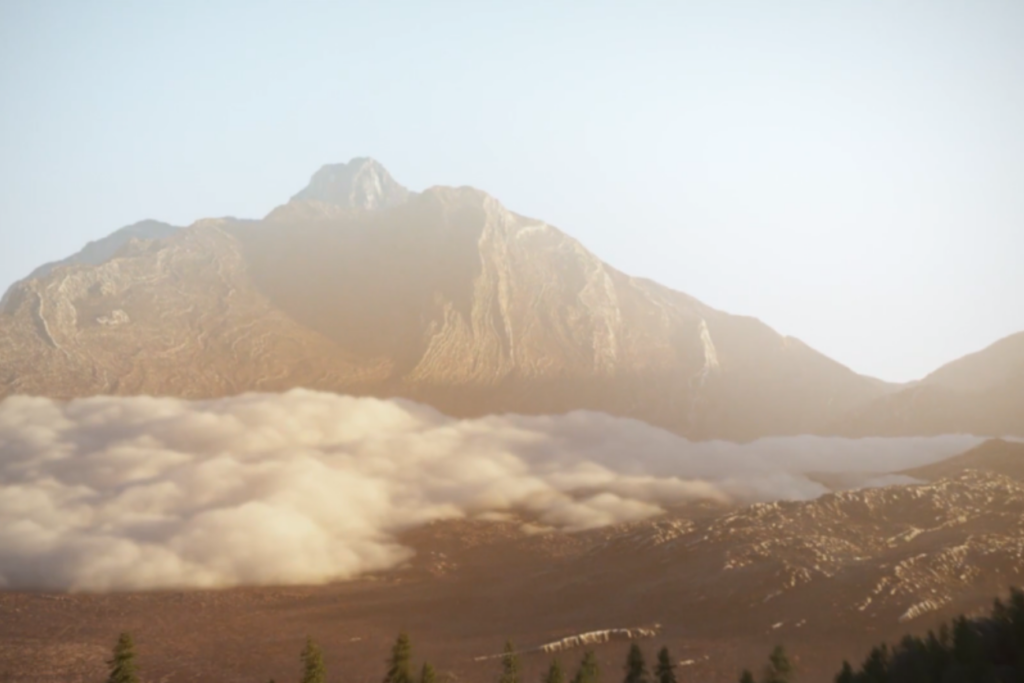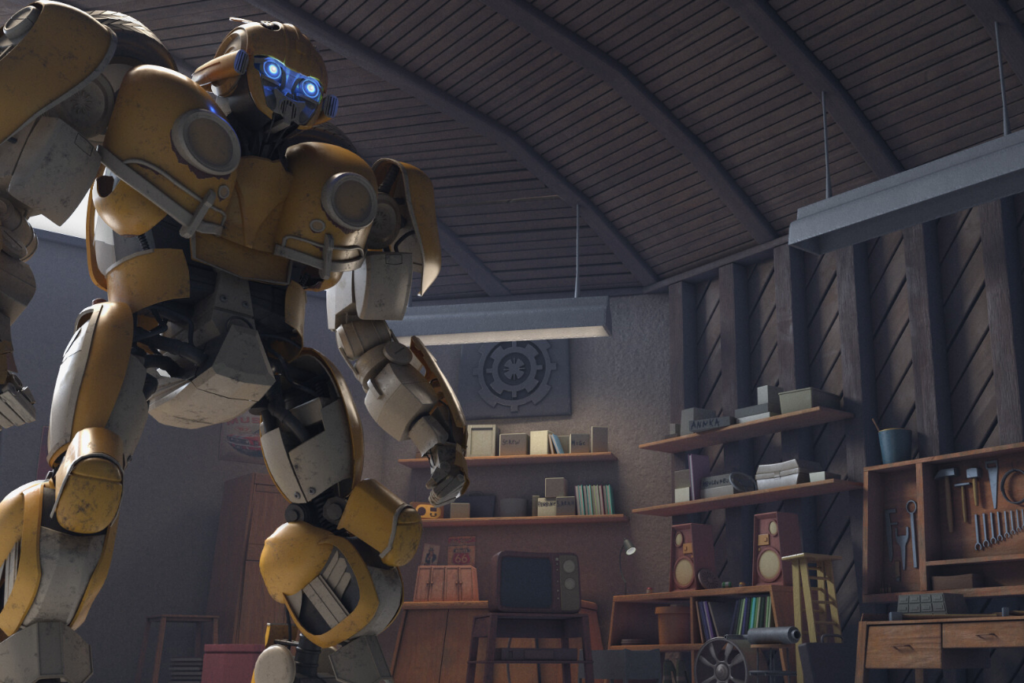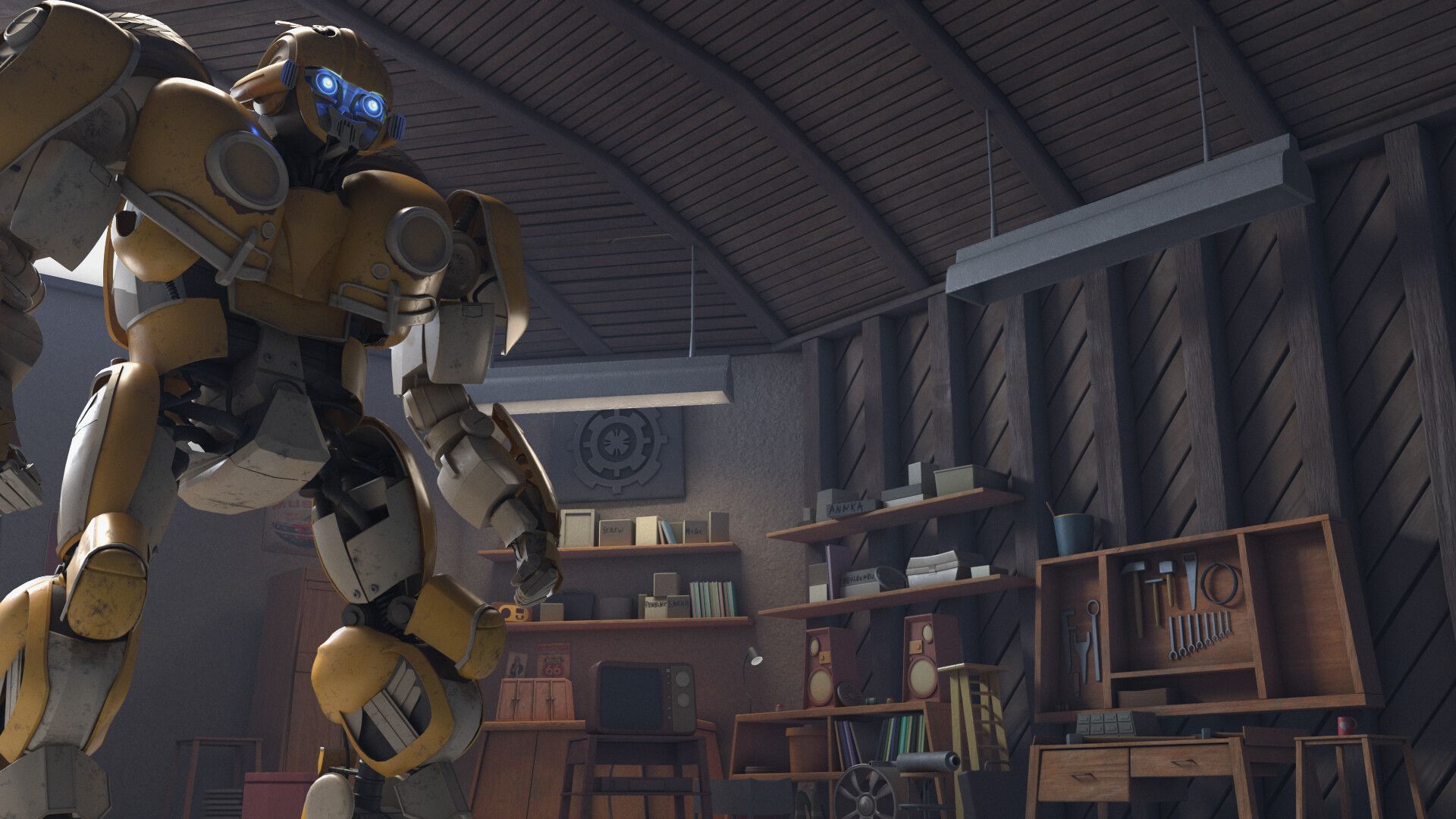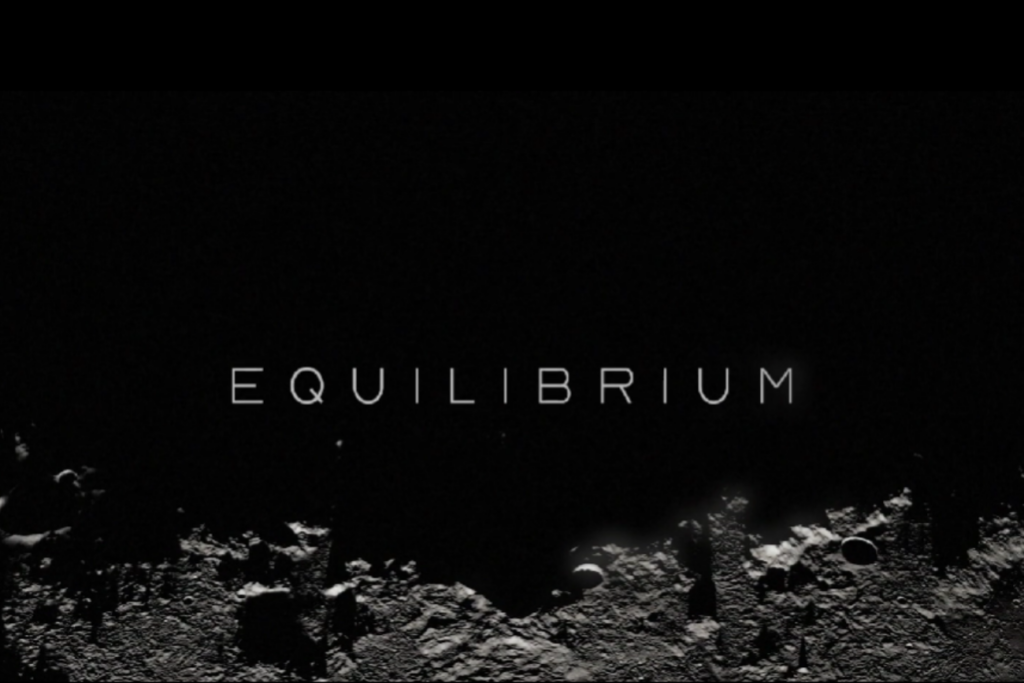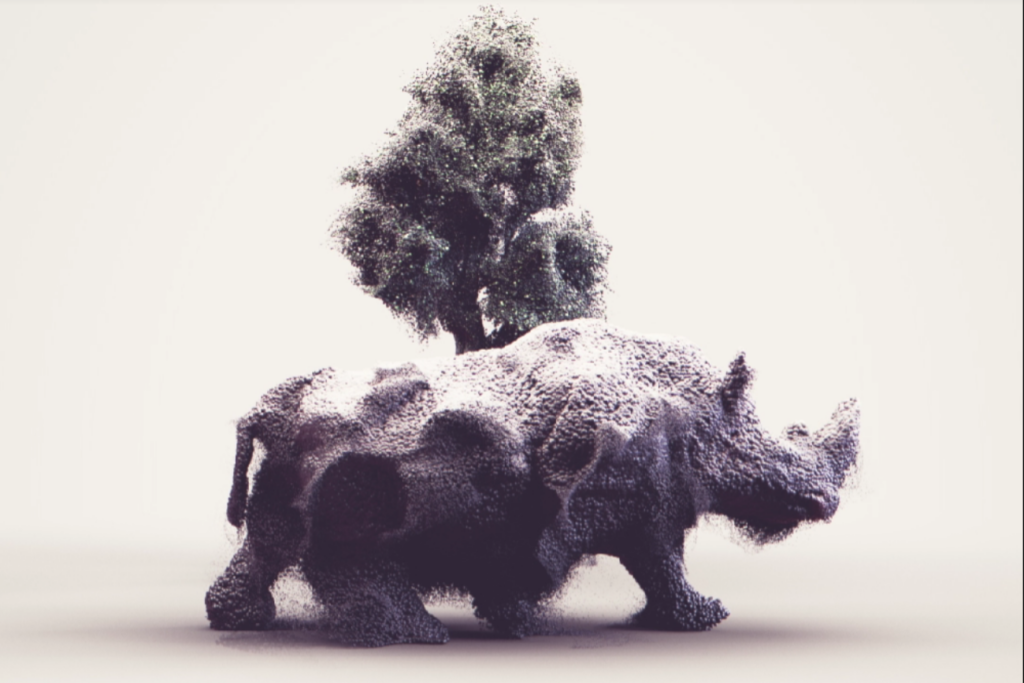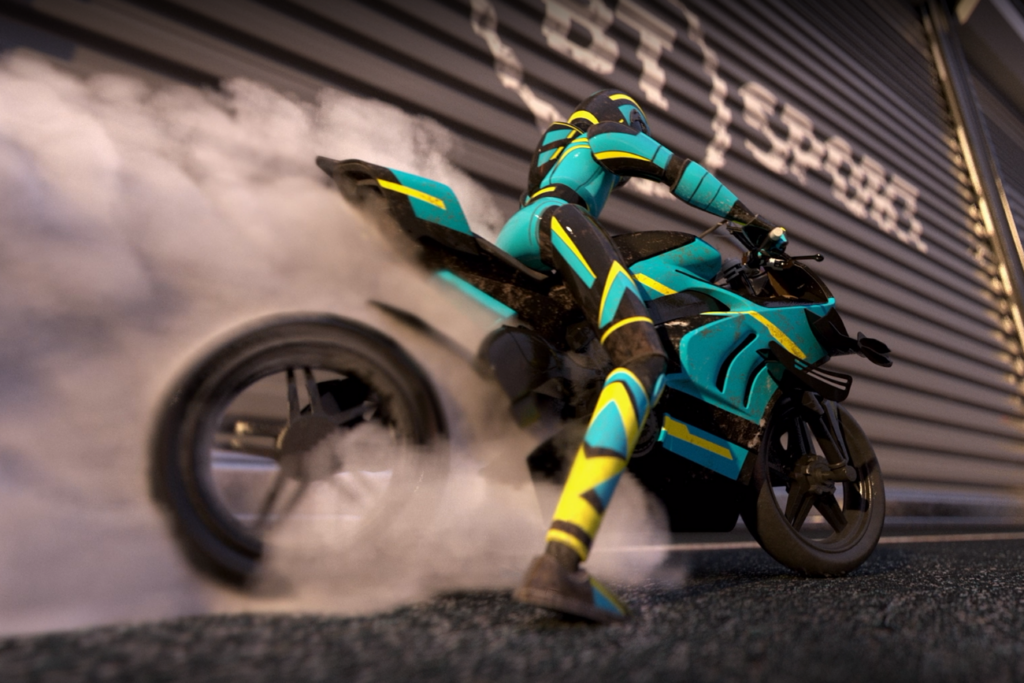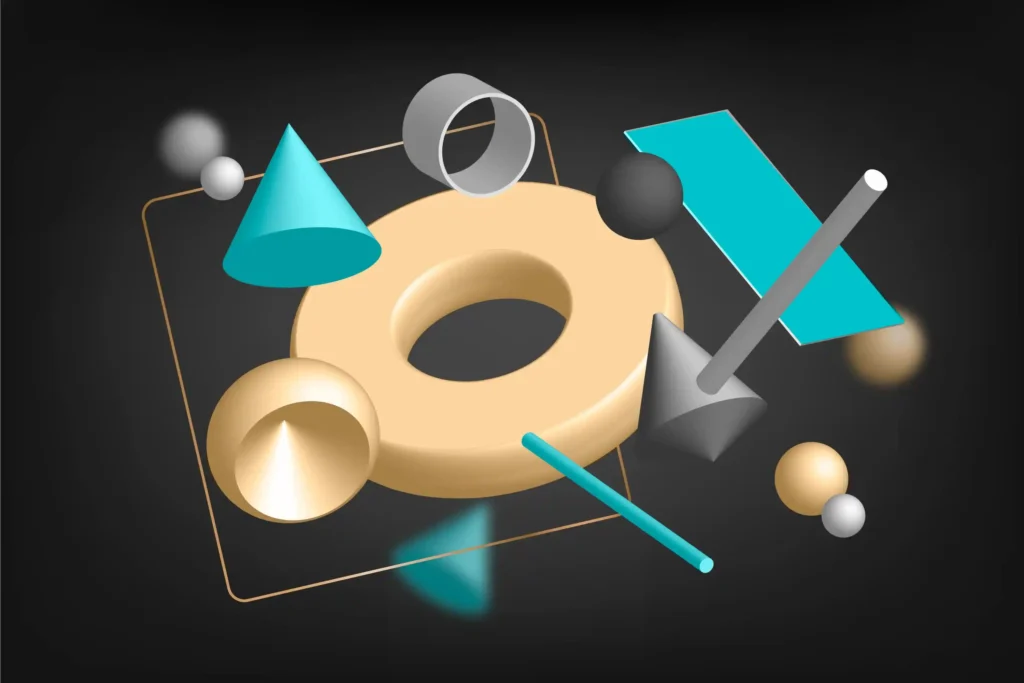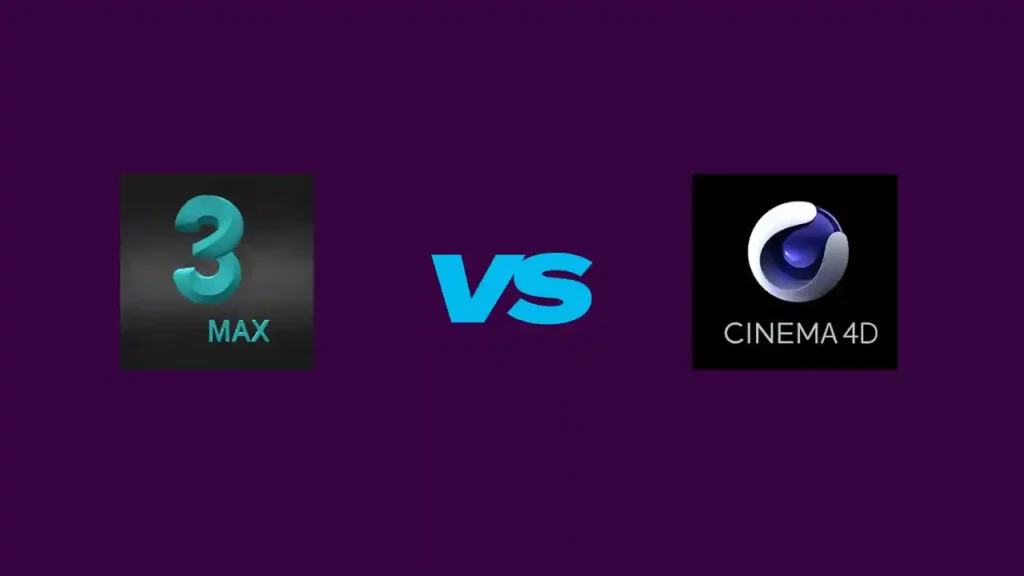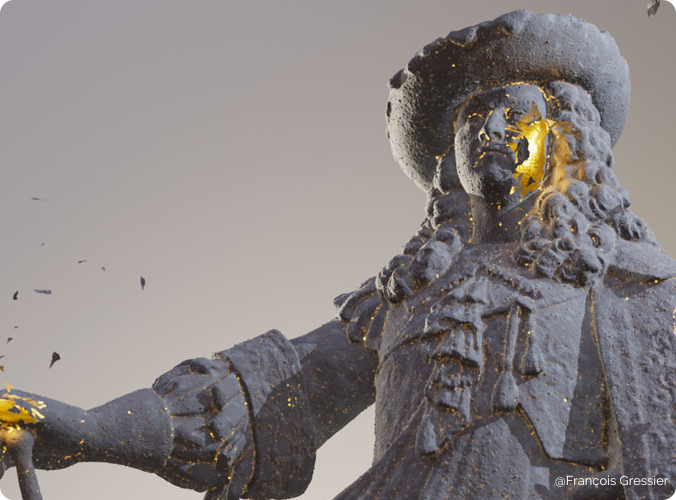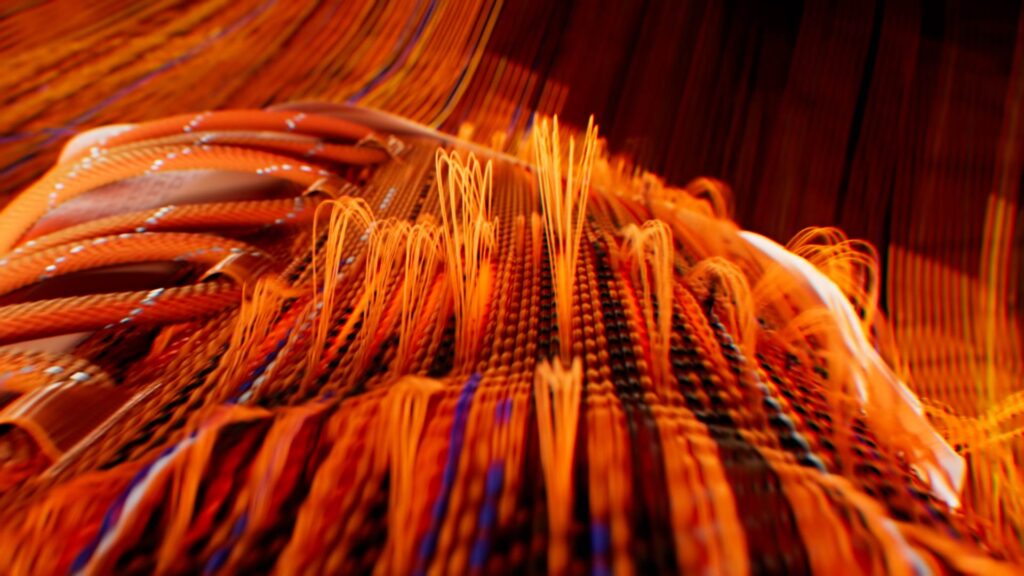INTRODUCTION
Cinema 4D Software
Cinema 4D is 3D modeling, animation, and rendering software widely used in the film, TV, advertising, and design industries. It enables artists to create stunning graphics and visual effects using advanced modeling, animation, simulation, and rendering tools.
Cinema 4D’s appeal to artists lies in its user-friendliness and versatility. The software’s intuitive interface makes it easy to create complex 3D objects, fluid animations and realistic scenes. It also offers a wide range of features and add-on modules for exploring various artistic fields such as animation, motion design, architectural modeling, character creation, special effects and more.
With Cinema 4D, you can bring your imagination to life by creating captivating virtual worlds, fantastic characters and impressive visual effects. Whether you’re a graphic artist, animator, designer or visual artist, Cinema 4D offers endless possibilities for expressing your creativity and producing high-quality visual results.
We support the most important plugins for C4D, such as X-Particles, TurbulenceFD, Forester, greyscalegorilla and many others.

PREPARE YOUR RENDERING
Versions & renderers supported by the Render Farm
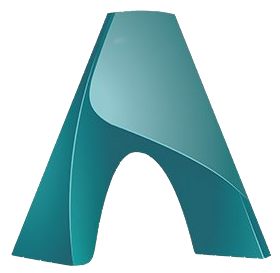
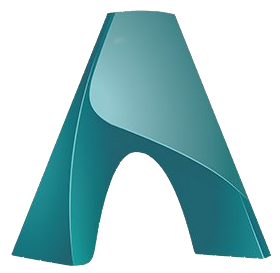








- Anima 6.1.1
- Greyscalegorilla plugins 1.515
- HDRLightStudio 2024.0918
- Insydium Fused Collection Build 1680
- Laubwerk Plants Kits 1.0.50
- MeshTools Build 263
- NeXus Simulation Build 311
- RealFlow 3.3.10.0062
- Riggedbooks 1.0
- Substance Native
- Taiao Build 341
- TerraformFX Build 255
- Vonc Suite 1.2.5
- X-Particles Build 1666











- Anima 6.1.1
- Forester 1.5.5
- Greyscalegorilla plugins 1.505
- HDRLightStudio 2024.0208
- Insydium Fused Collection Build 1680
- Laubwerk Plants Kits 1.0.50
- MeshTools Build 263
- NeXus Simulation Build 311
- Ornatrix 3.1.0.35015
- RealFlow 3.3.10.0062
- Riggedbooks 1.0
- Substance Native
- Taiao Build 341
- TerraformFX Build 255
- Vonc Suite 1.2.5
- X-Particles Build 1666











- Anima 6.1.1
- Forester 1.5.5
- FuV CanvasSize 1.2
- Greyscalegorilla plugins 1.505
- HDRLightStudio 2024.0208
- Hot4D 181
- Insydium Fused Collection Build 1680
- Kaktak Legacy Bundle 0.26.2
- Laubwerk Plants Kits 1.0.50
- MeshTools Build 263
- NeXus Simulation Build 311
- NoSpline 2.01
- Ornatrix 3.1.0.35015
- RKT Mesh To Spline 1.1
- RealFlow 3.3.10.0062
- Riggedbooks 1.0
- Signal Build 1492
- Substance Native
- Taiao Build 341
- TerraformFX Build 255
- TurbulenceFD 1.0.1486
- Vonc Suite 1.2.5
- X-Particles Build 1666
- nxForces Build 21











- Forester 1.5.5
- FuV CanvasSize 1.2
- HDRLightStudio 2024.0208
- Insydium Fused Collection Build 1680
- Kaktak Legacy Bundle 0.26.2
- Laubwerk Plants Kits 1.0.50
- MeshTools Build 263
- NeXus Simulation Build 311
- NoSpline 2.01
- Ornatrix 3.1.0.35015
- RKT Mesh To Spline 1.1
- Signal Build 1492
- Substance Native
- Taiao Build 341
- TerraformFX Build 255
- TurbulenceFD 1.0.1486
- Vonc Suite 1.2.5
- X-Particles Build 1666
- nxForces Build 21











- Forester 1.5.5
- FuV CanvasSize 1.2
- HDRI Link –
- HDRLightStudio 2023.0329
- Insydium Fused Collection Build 1680
- Kaktak Legacy Bundle 0.26.2
- Laubwerk Plants Kits 1.0.50
- Light Kit Pro Yes
- MeshTools Build 263
- NeXus Simulation Build 311
- NoSpline 2.01
- Ornatrix 3.1.0.35015
- RKT Mesh To Spline 1.1
- Signal Build 1492
- Substance Native
- SurfaceSpread 2.0.6
- Taiao Build 341
- TerraformFX Build 255
- Transform Yes
- TurbulenceFD 1.0.1486
- Vonc Suite 1.2.5
- X-Particles Build 1666
- nxForces Build 21










- Forester 1.5.5
- FuV CanvasSize 1.2
- Insydium Fused Collection Build 1680
- Kaktak Legacy Bundle 0.26.2
- Laubwerk Plants Kits 1.0.50
- Light Kit Pro 3.1
- MeshTools Build 263
- NeXus Simulation Build 311
- Ornatrix 3.1.0.35015
- RKT Mesh To Spline 1.1
- Signal Build 1492
- Substance Native
- SurfaceSpread 2.0.6
- Taiao Build 341
- TerraformFX Build 255
- Transform 1.234
- TurbulenceFD 1.0.1486
- X-Particles Build 1666
- nxForces Build 21








- Divider 0.2
- Forester 1.5.5
- HDRI Studio Rig 2.148
- Insydium Fused Collection Build 1680
- Laubwerk Plants Kits 1.0.50
- Light Kit Pro 3.1
- MeshTools Build 263
- NeXus Simulation Build 311
- NoSpline 2.01
- Ornatrix 3.1.0.35015
- RKT Mesh To Spline 1.1
- Signal Build 1492
- Substance Native
- SurfaceSpread 2.0.6
- Taiao Build 341
- TerraformFX Build 255
- Transform 1.234
- TurbulenceFD 1.0.1486
- X-Particles Build 1666
- ca_superdeformerpack 1.40
- nxForces Build 21







- CV-AR 1.5
- Delta Mush 1.11
- Divider 0.2
- Forester 1.5.5
- HDRI Studio Rig 2.148
- HDRLightStudio 2018.1115
- Insydium Fused Collection Build 1680
- Laubwerk Plants Kits 1.0.50
- Light Kit Pro 3.1
- MagicBook 1.0
- MeshTools Build 263
- NeXus Simulation Build 311
- Signal Build 1492
- Snap To Floor 1.4
- Substance Native
- Taiao Build 341
- TerraformFX Build 255
- Transform 1.23
- X-Particles Build 1666
- ca_superdeformerpack 1.40
- nxForces Build 21


Our tools
Simplify your renderings with the Ranch tools
RANCHecker for Cinema 4D
- Gathers the textures of your scene.
- Checks the rendering settings.
- Prepares your projects into archive files ready to be sent to the RANCH.
For more information, please consult our technical documentation or our video tutorials
Our advantages
Adapted and efficient rendering farm for Cinema 4D
Power & performance
- Powerful processors and graphics cards for fast calculations
- Multiple servers are allocated to your project for reduced waiting time
- Strip rendering for still image rendering (Octane / V-Ray / Arnold / Corona)
Easy to use
- Quick registration for immediate access to our farm
- Cinema 4D’s integrated RANCHecker plugin makes it easy to validate your scene
- The RANCHSync synchronization tool allows you to send your project archive and retrieve your frames
Security
- Confidentiality of projects guaranteed
- Secure data transfer (https)
- Individual authentication per project (FTP IDs per project)
- Secure payment (Stripe and Paypal)
Serenity
- Our RANCHecker plugin checks the portability of your scene on our servers
- Verification of your rendering parameters and feedback on blocking points or points to correct
- Automatic creation of an archive with the elements of your scene for a trouble-free transfer
Support
- Support by email, phone, or chat with our 3D artists accessible to all and for any type of request
- Video tutorials and online documentation
- Our teams will help you to estimate your project
Appropriate budget
- Our price simulator helps you to estimate the cost of your project. You can also contact us to help you with the estimation.
- Save up to 70 % with volume purchases
- All is included in the price: servers, renderer licences, support. And the ranch credits don’t expire
- Choose the right rendering priority to reduce costs
- 100% bonus for students and schools on non-commercial renderings
Other supported software
What our
Customers says

« I highly recommend Ranch Computing for all Cinema 4D users »
« A Human RenderFarm ! You need help, there someone there ! »
« This is probably the best support I got in ages. »
The projects we have supported
Cinema 4D on the blog
Any question? Please contact us.
Does your project need a particular plugin not mentioned? A plugin required for your project is not supported for a specific version of Cinema 4D? You have a doubt about the compatibility of your project?








